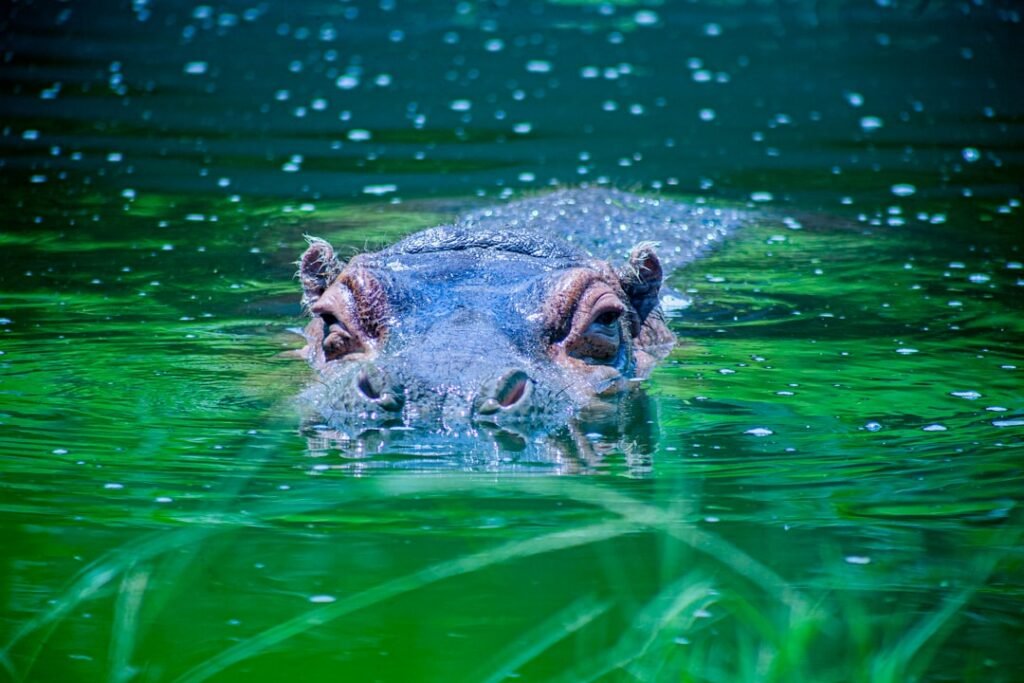Living in one of Earth’s most unforgiving environments, the Arctic wolf has earned its nickname as the “White Phantom” through its ghostly appearance and remarkable survival abilities. These incredible predators navigate a world where temperatures plummet to bone-chilling extremes and darkness reigns for months at a time. Yet somehow, they’ve not only survived but thrived in conditions that would defeat most other mammals. What makes these wolves so extraordinary isn’t just their stunning white coat or their fearless nature around humans. It’s their incredible adaptations, their complex social structures, and their ability to call some of the most remote places on Earth home. Let’s dive into the fascinating world of these Arctic survivors and discover what makes them truly unique.
They’re Born Dark and Turn White by Their First Birthday
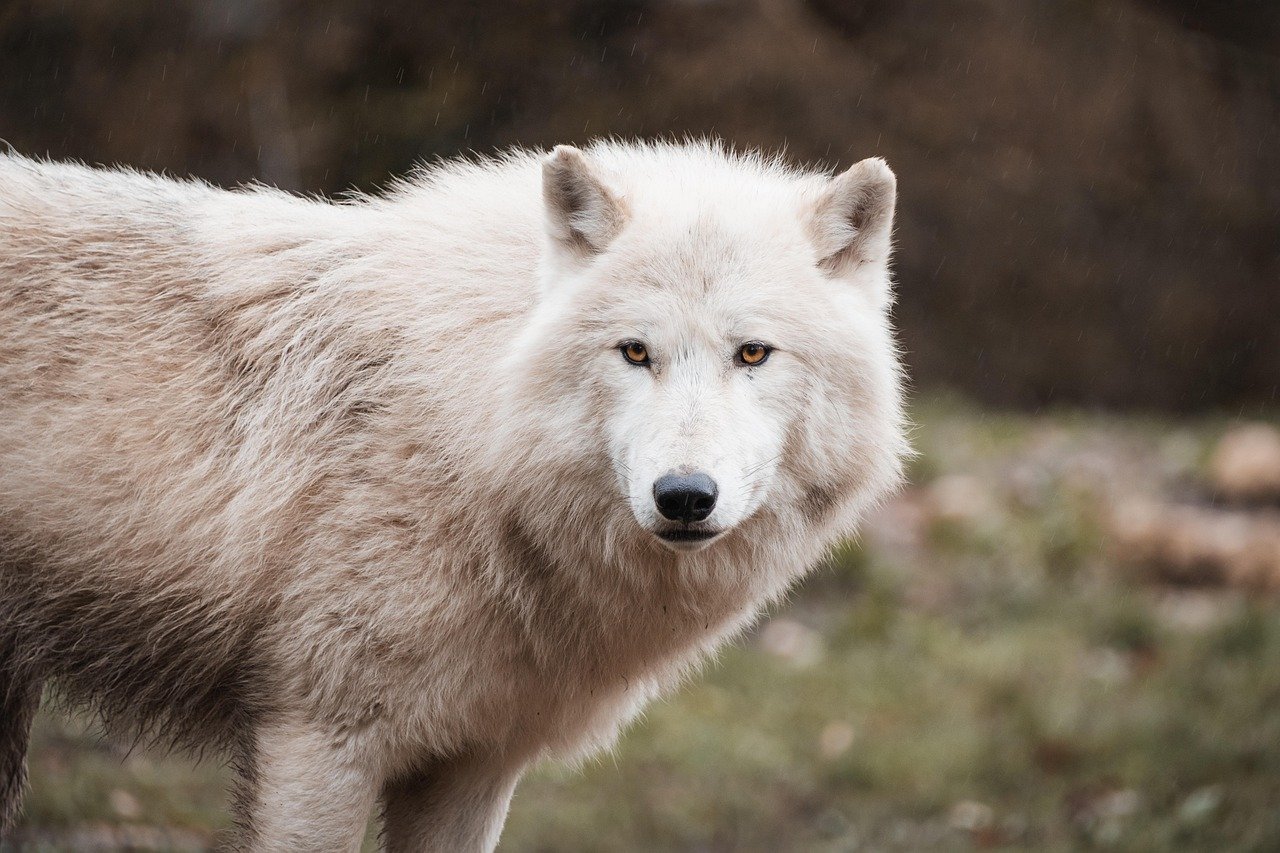
One of the most surprising facts about Arctic wolves is that they don’t start life with their famous white coats. Born brown or black, arctic wolves turn white by the end of their first year, with only a small patch of dark hair persisting above the base of their tail for the next few years. This dramatic color transformation helps protect vulnerable pups during their early months when they’re most at risk. The transition from dark to white isn’t just about camouflage – it’s a fascinating example of nature’s timing. Young pups benefit from darker coloration that helps them absorb heat in the den, while the white adult coat provides perfect camouflage against snow and ice. This color change is so reliable that researchers can estimate a wolf’s age just by looking at its coat pattern.
They Survive Five Months of Complete Darkness Each Year
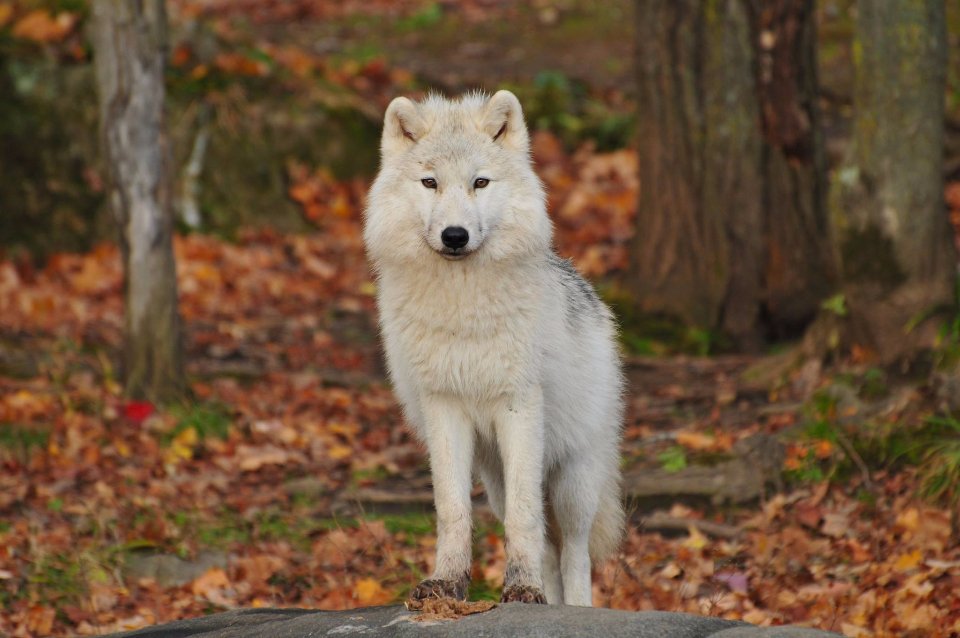
The Arctic wolf can cope with sub-zero temperatures as well as 5 months of total darkness each year. During the long Arctic winter, these wolves must hunt, navigate, and survive in conditions that would challenge even the most advanced human technology. They hunt under the light of the moon and stars, using their sensitive noses to locate prey miles away. This extended period of darkness requires extraordinary adaptations. Arctic wolves have excellent eyesight, which comes in handy when hunting during the Arctic’s long period of constant darkness from the end of October to the end of March. Their heightened senses and pack coordination become even more crucial when visual cues disappear for months at a time. It’s like living in perpetual twilight for nearly half the year, yet they’ve mastered this dark world completely.
Their Territory Can Be Larger Than Rhode Island
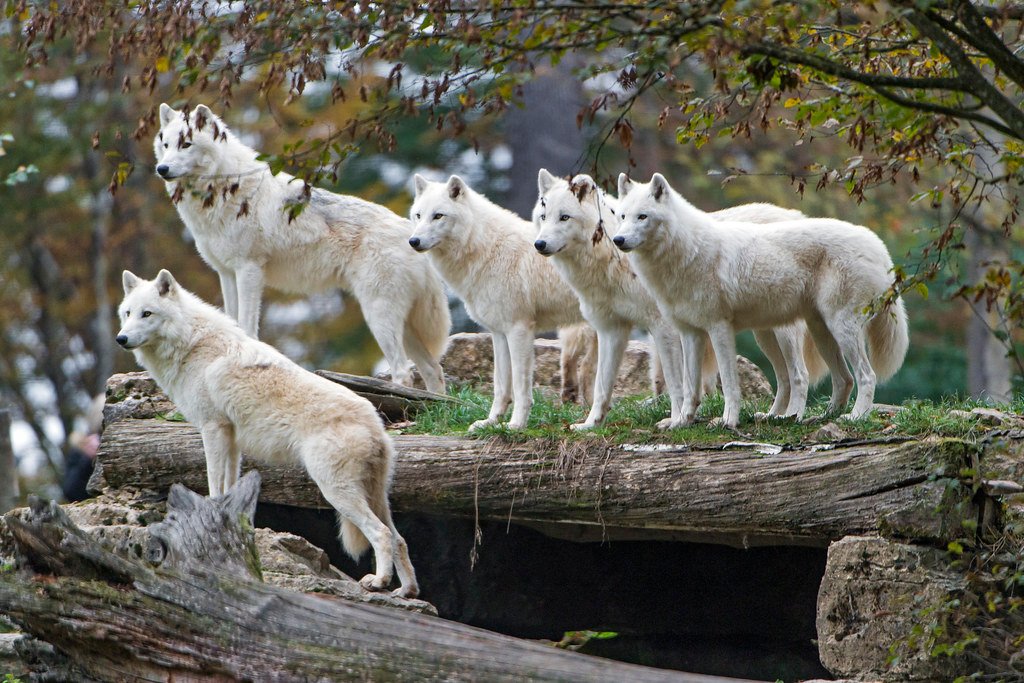
Very large territories with pack territories of 2,600 square miles (6,700 square kilometers) or more. To put this in perspective, that’s larger than Rhode Island! Arctic wolves do not migrate, but the scarcity of their prey – especially in winter – forces them to hunt across large areas of up to 2,600 square miles (6,700 square kilometers) in search of food. These massive territories are necessary because prey is so sparse in the Arctic tundra. Each wolfpack controls territory of up to 1,000 square miles, which enables the pack access to greater food resources in relatively barren surroundings without impinging on the territories of other wolves. Unlike wolves in more temperate regions who might find abundant prey in smaller areas, Arctic wolves must roam vast distances just to find their next meal. It’s like having a hunting ground the size of a small country.
They Can Eat Over 20 Pounds of Meat in One Sitting

When Arctic wolves do make a successful kill, they make it count. They can eat more than 20 pounds of meat at a time. This incredible capacity for gorging isn’t gluttony – it’s survival strategy. They often know that it may be a while before their next meal so they will consume all that they possibly can when it is readily available to them. The feast-or-famine lifestyle of Arctic wolves means they must be prepared for extended periods without food. When necessary, they can survive for up to several weeks without food. This ability to consume massive amounts when food is available, then survive on stored body fat during lean times, is one of their most impressive adaptations to the harsh Arctic environment.
Only the Alpha Pair Gets to Have Pups
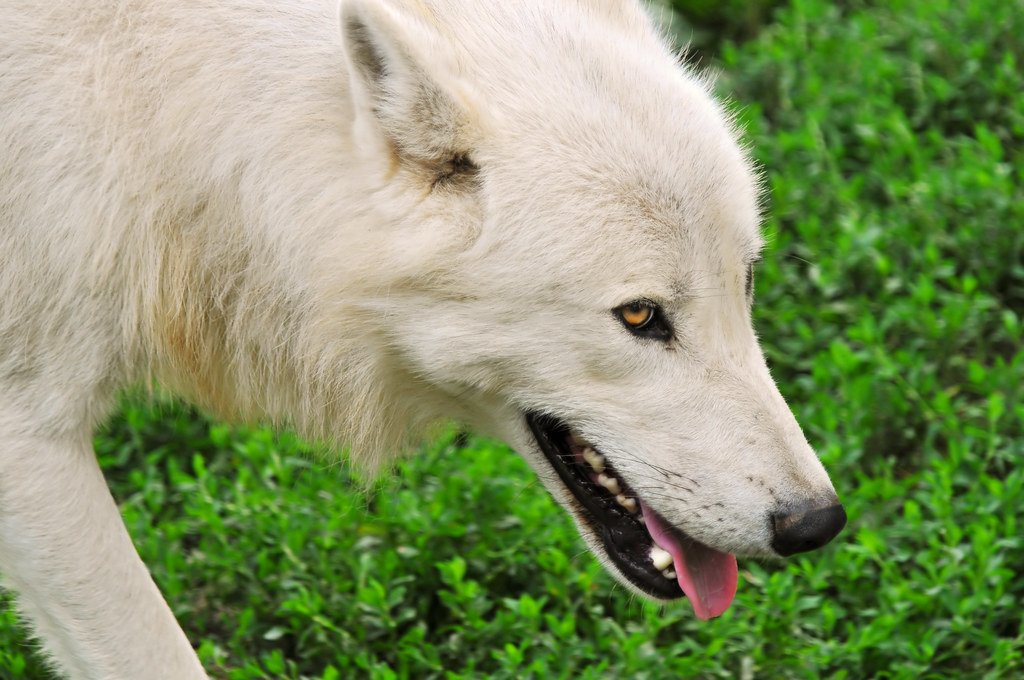
Arctic wolves are monogamous; within the pack, only the alpha male and beta female are allowed to mate. This strict breeding hierarchy isn’t about dominance for its own sake – it’s about survival in an environment where resources are extremely limited. As with other kinds of wolves, only the top ranking alpha and beta females in a pack will be allowed to mate and reproduce. This ensures that possibly scarce food resources at the critical time will not be spread too thinly across too many pups which could lead to the death of all or many of them The reproductive strategy makes perfect sense when you consider the harsh realities of Arctic life. Compared with grey wolves that live in relatively milder climates, Arctic wolves give birth to fewer cubs per season than other wolves – two or three is the average litter size, as opposed to five or six for other breeds. With such challenging conditions, quality over quantity becomes the survival strategy that works best.
They Have Built-in Snowshoes and Hand Warmers
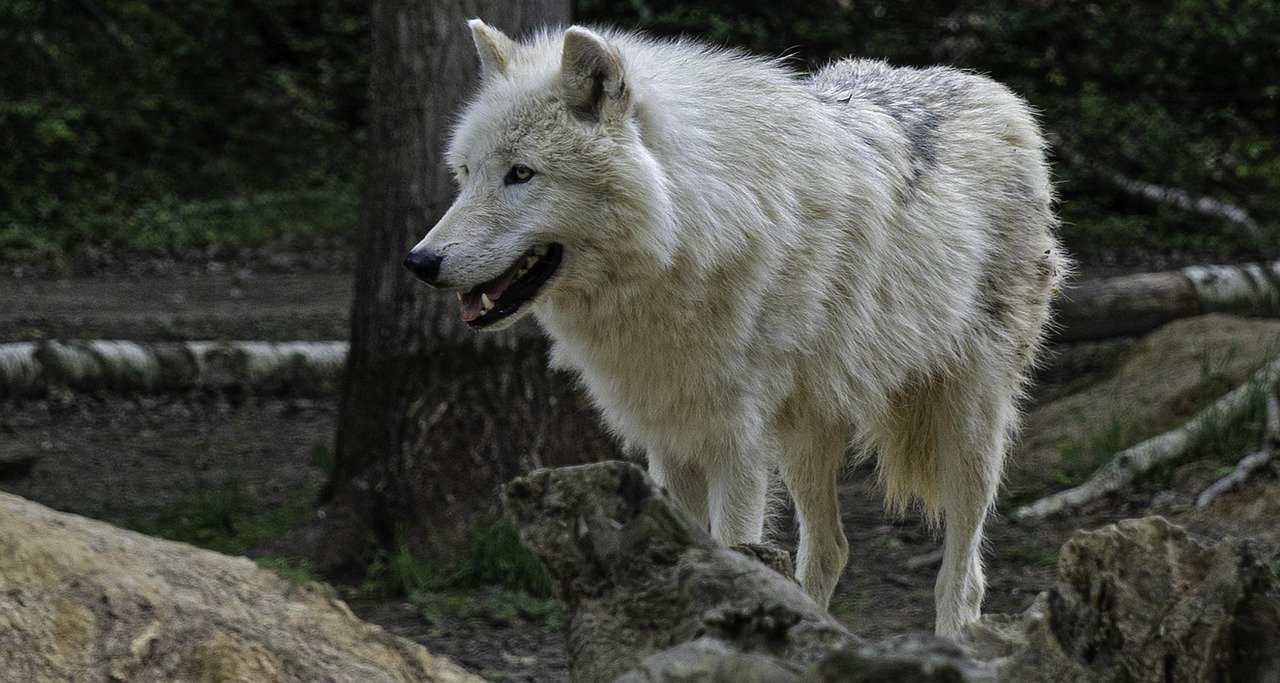
Arctic wolves come equipped with natural winter gear that would make any outdoor enthusiast jealous. Their paws are also fur-covered, acting like natural snowshoes and providing traction on icy surfaces. Fur on the paws (anatomical) – to insulate them from snow and ice and also provide for a better grip on slippery surfaces. But the real engineering marvel is in their paws’ circulation system. Arctic wolves have a mechanism that maintains their paws at a temperature lower than the body core, thus minimizing heat loss in them, although they are in contact with the frozen ground. Blood going into their paws heats the blood that is leaving, preventing their core from getting cooled by the loss of heat through their feet. It’s like having a built-in heat exchange system that keeps their extremities from freezing while preventing heat loss from their vital organs.
Their Howl Can Travel Six Miles Through the Arctic Air
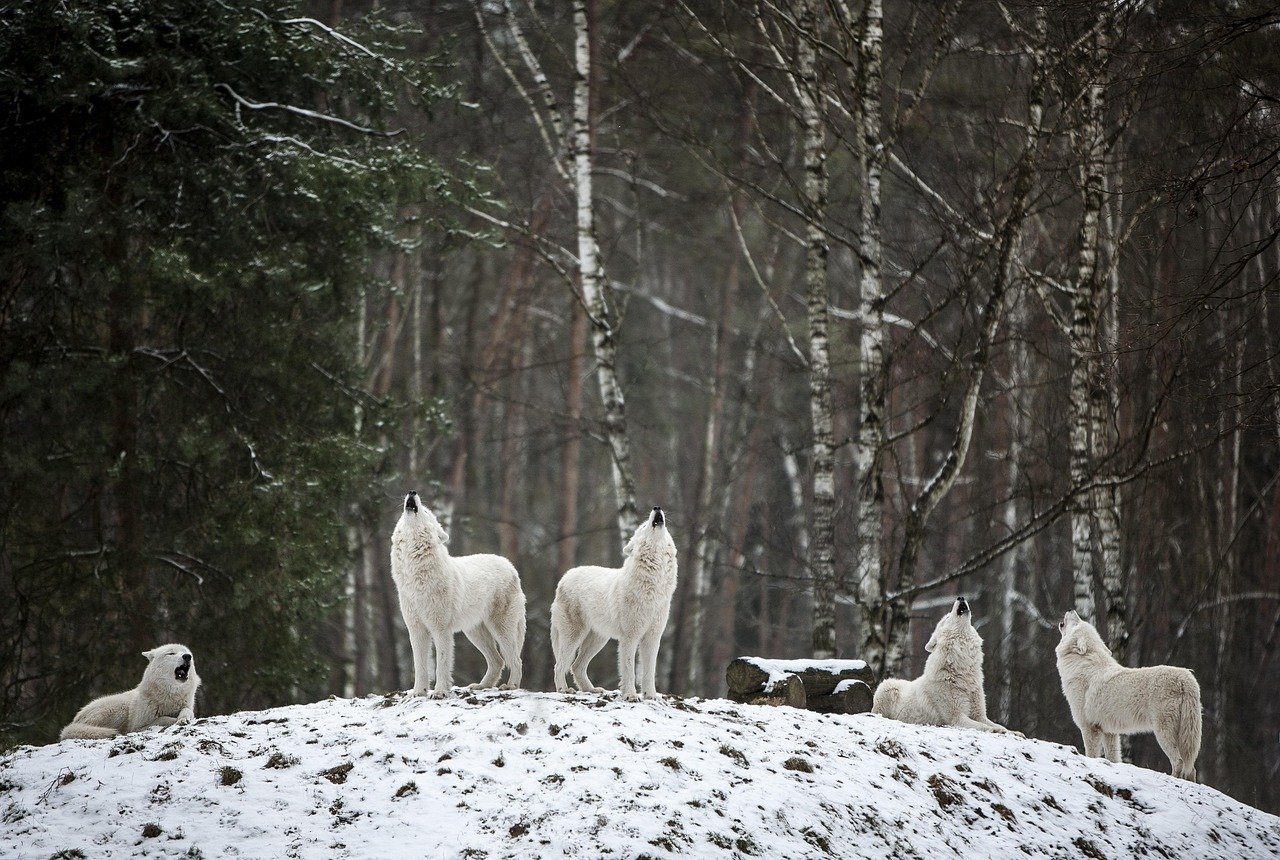
The sound of their howl can travel up to 10 kilometers (six miles), making this a useful tool for them to send messages across the long distances they cover every day. In the vast, open Arctic landscape where pack members might be separated by miles while hunting, this long-distance communication system is absolutely essential. A lone Arctic wolf will often howl to attract the attention of his pack, while communal howls can be confrontational, sending territorial messages from one pack to another. The crystal-clear Arctic air and lack of obstacles like forests allow these vocalizations to carry incredible distances. It’s nature’s version of a radio communication system, perfectly adapted to their environment.
They’re the Only Wolves Still Living in Their Original Range
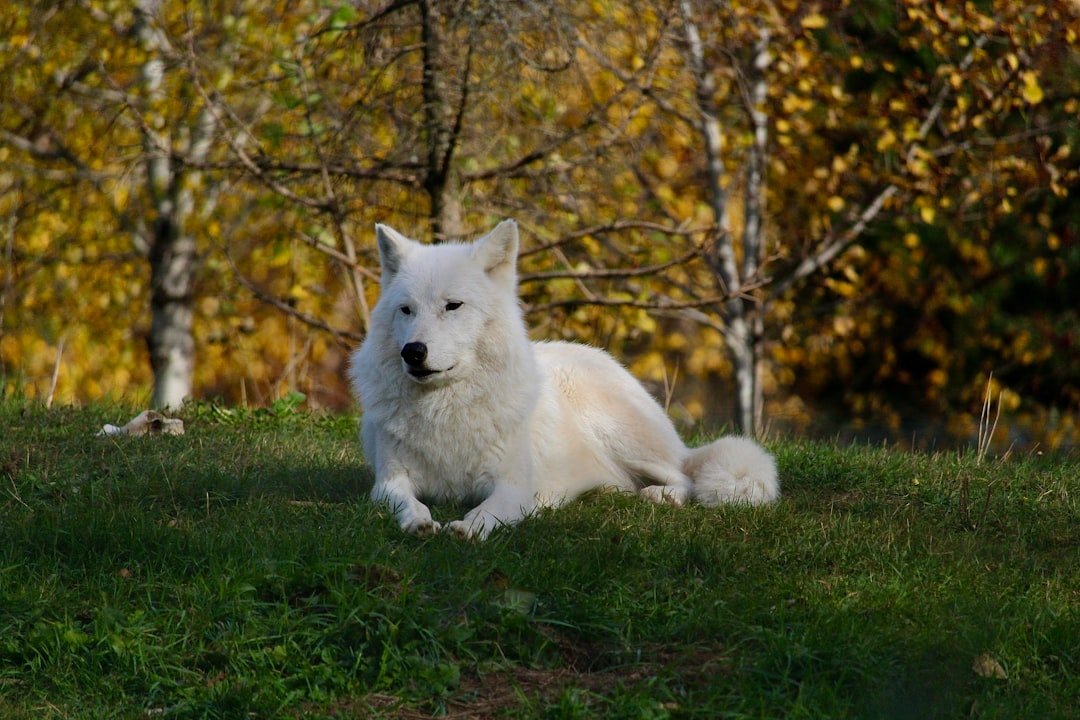
In fact, Arctic wolves are the only subspecies of grey wolves that can be found across the entirety of their original range. While wolves worldwide have seen their territories drastically reduced due to human encroachment, Arctic wolves remain in their ancestral homes. Their harsh environment means that they have never been hunted or displaced by agricultural development, and they have never faced endangerment as a result. Thanks to its isolation, the Arctic wolf is not threatened by hunting and habitat destruction in the same way as its southern relatives. This isolation that makes their lives so challenging has also been their protection. The extreme conditions that make the Arctic nearly uninhabitable for humans have served as a natural sanctuary for these remarkable wolves.
They Can Run 40 Miles Per Hour on Ice and Snow
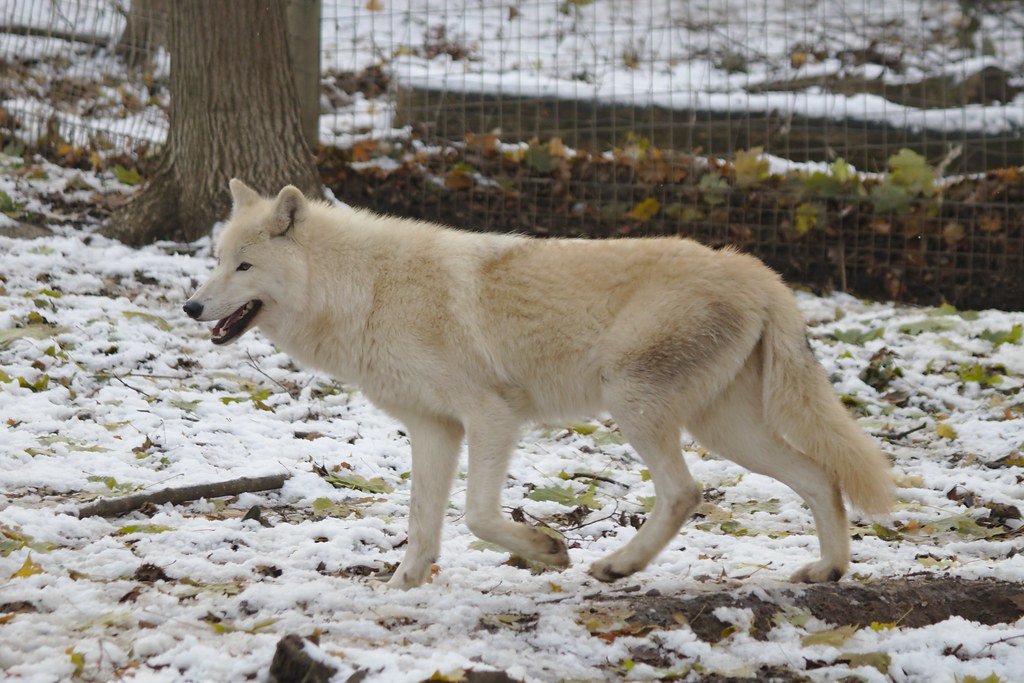
Despite living on slippery, uneven terrain of ice and snow, Arctic wolves are remarkably fast runners. They can reach speeds of up to 35-40 miles per hour when pursuing prey. Arctic wolves have a cruising speed while hunting of 5 mph, which they can maintain for a solid eight to 10 hours a day. This heat-preserving pace can easily accelerate when need be, to a top sprint of about 40 mph over short periods of time. What makes this even more impressive is their endurance. They can maintain their cruising speed for eight to ten hours straight – imagine jogging for most of your waking day in subzero temperatures on ice! This combination of endurance and sprint capability makes them incredibly effective predators in their harsh environment.
They’re Surprisingly Fearless Around Humans
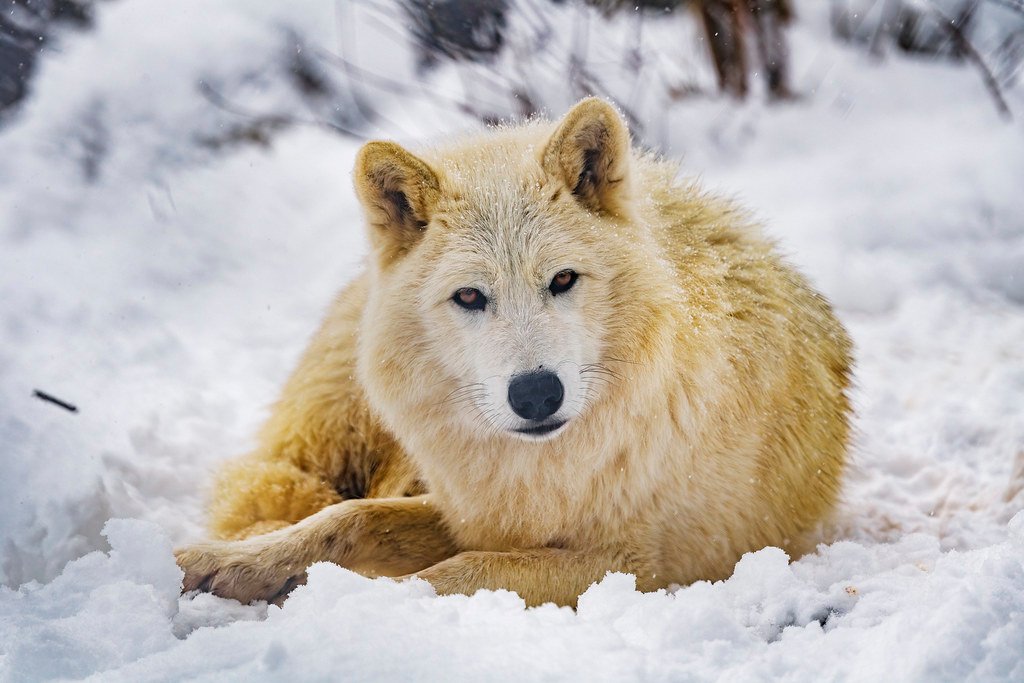
The Arctic wolf is relatively unafraid of people, and can be coaxed to approach people in some areas. The wolves on Ellesmere Island do not fear humans, which is thought to be due to them seeing humans so little, and they will approach humans cautiously and curiously. This fearless behavior is so unusual that it often surprises researchers and the few visitors who encounter these wolves. The lucky few who have observed Arctic wolves in the wild note how playful and unafraid of humans they are. Unlike other wolves who have to deal with human encroachment every day, Arctic wolves have no intrinsic distrust of humans. This curiosity and lack of fear provides a rare window into natural wolf behavior, unaltered by centuries of human persecution that has shaped other wolf populations worldwide.
They Have a Puppy Sitter System
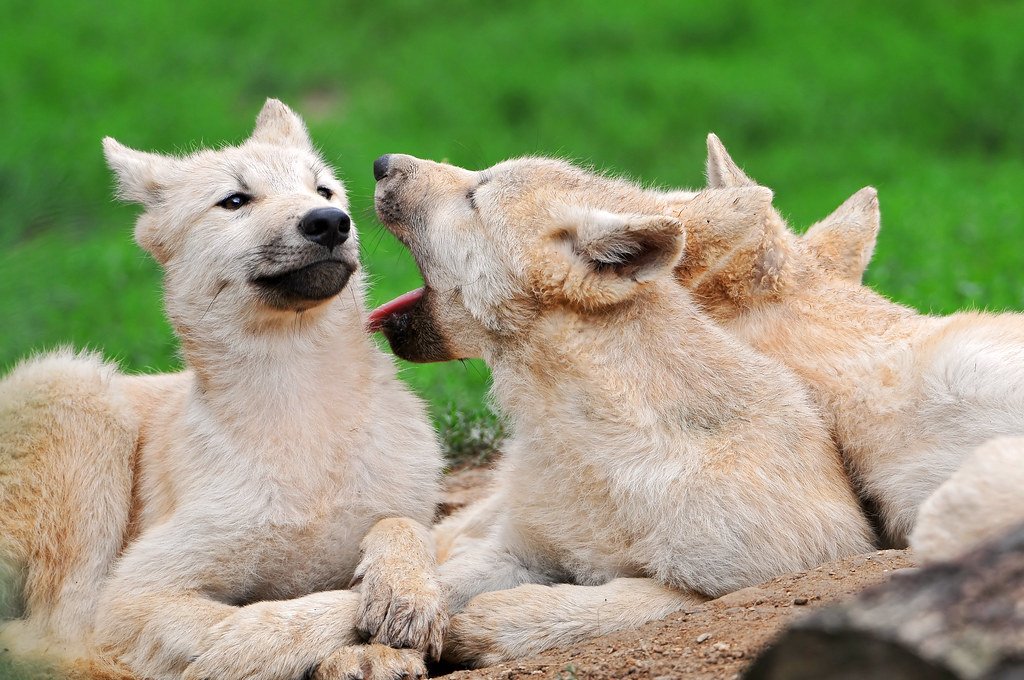
When Arctic wolves hunt as a pack, one adult member will always remain behind as a puppy sitter. This babysitting arrangement ensures that the vulnerable pups are never left undefended while the pack is away hunting. When the pack hunts, one adult member will remain as a puppy sitter. Pups have grown strong enough to travel at six months of age, and from that time will join the other members of the pack learning survival skills. The communal care doesn’t end with babysitting duty. After these early stages of development, the fathers help raise the pups by teaching them to play and hunt. They become caregivers – providing food, play, and protection. This all-hands-on-deck approach to raising young is crucial when survival margins are so thin in the Arctic environment.
They’re Swimming Predators Who Hunt Between Islands
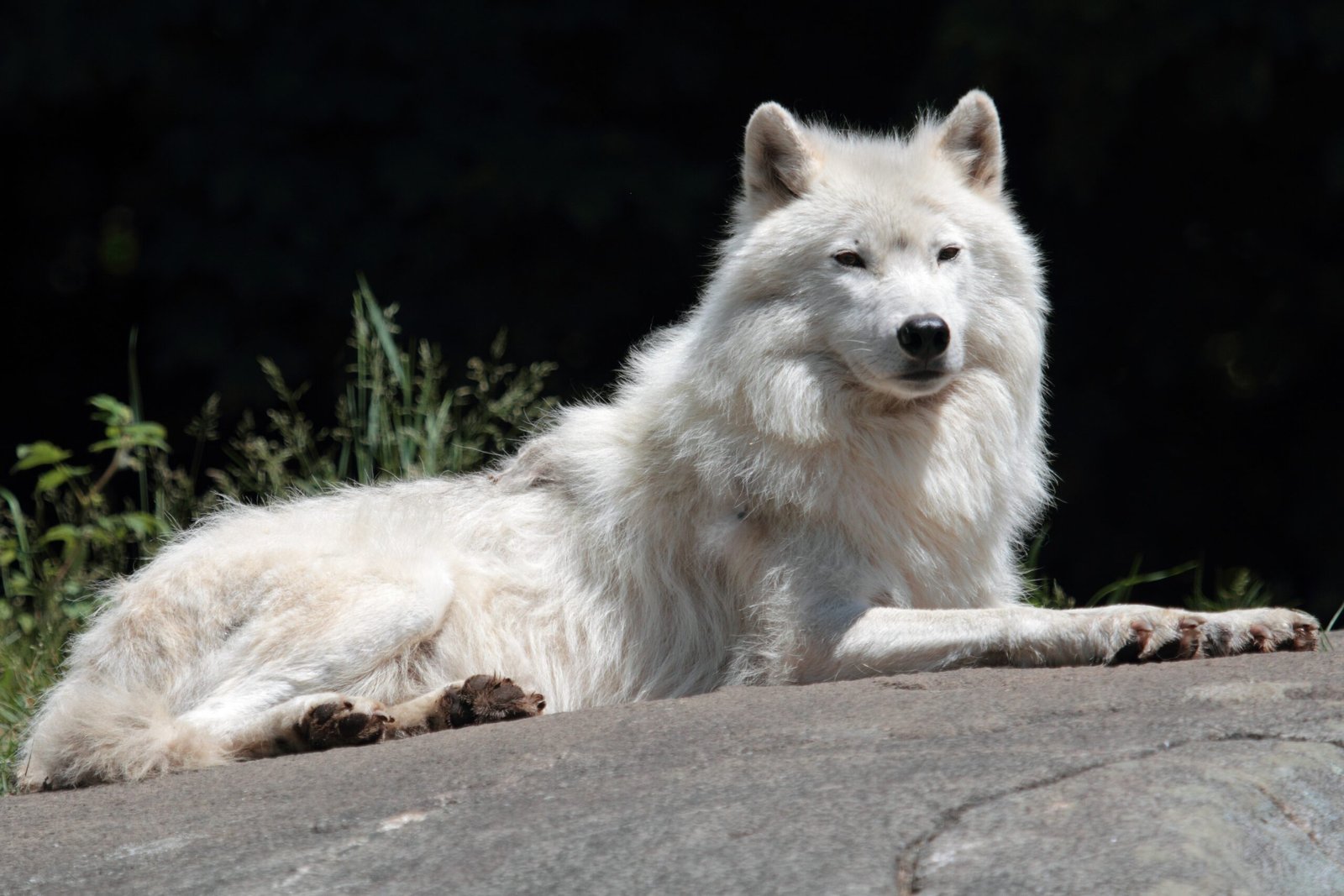
There’s also genetic evidence to suggest that Arctic wolves scattered across the islands in the Canadian Arctic, including on Banks Island and Victoria Island, move between these islands – likely by swimming – to maximize their chances of catching prey. Arctic wolves can swim. This BBC report reveals how a crew filming a nature documentary on Ellesmere Island in the Canadian Arctic observed Arctic wolves swimming in an attempt to cat The fact that these wolves willingly enter frigid Arctic waters to hunt demonstrates their incredible adaptability and determination. Swimming between ice-covered islands in search of prey shows just how far they’ll go to find food. It also reveals their remarkable physical conditioning – the strength and insulation needed to swim in near-freezing water, then continue hunting on the other side, is simply extraordinary.
Conclusion
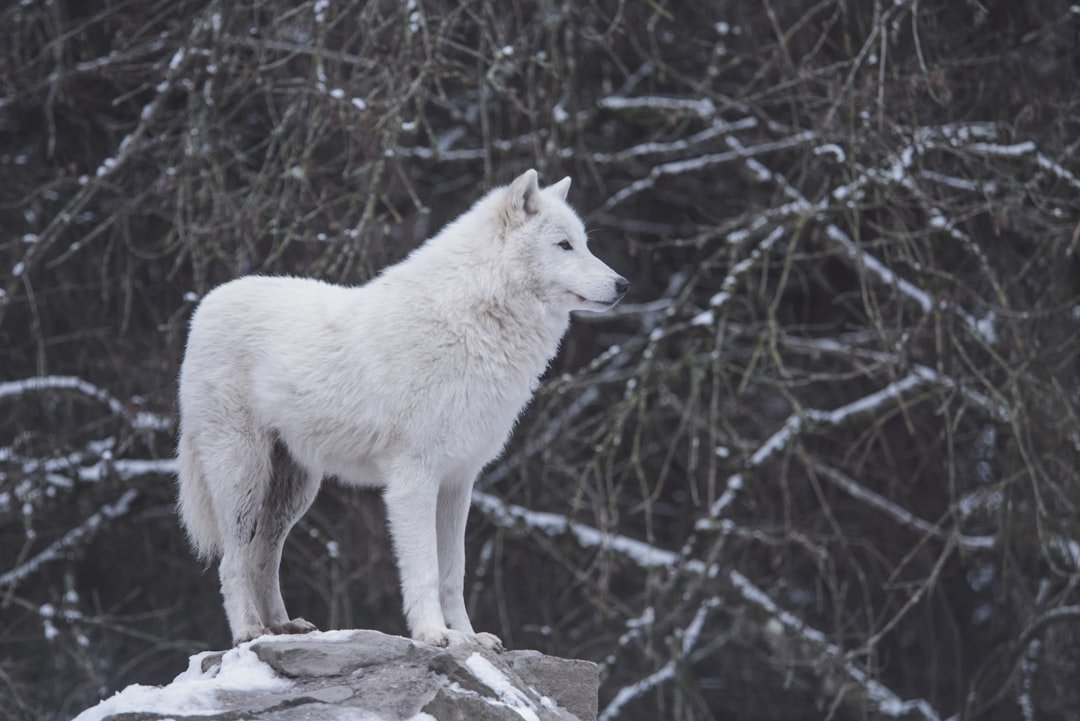
The Arctic wolf truly lives up to its “White Phantom” nickname through its ghostly appearance and seemingly supernatural ability to thrive where few creatures can survive. From their dramatic color transformation as pups to their massive territories larger than some states, these wolves have evolved remarkable adaptations that allow them to call the world’s most extreme environment home. Their fearless curiosity toward humans, their complex pack babysitting systems, and their ability to swim between islands while hunting showcase intelligence and adaptability that continues to amaze researchers. Perhaps most remarkably, they remain the only wolf subspecies still living exactly where nature originally placed them, protected by the very harshness that makes their lives so challenging. What fascinates you most about these incredible Arctic survivors?

Hi, I’m Andrew, and I come from India. Experienced content specialist with a passion for writing. My forte includes health and wellness, Travel, Animals, and Nature. A nature nomad, I am obsessed with mountains and love high-altitude trekking. I have been on several Himalayan treks in India including the Everest Base Camp in Nepal, a profound experience.




